
Choosing the right paint colors for your home can be a transformative process, helping to create a space that reflects your personality while enhancing comfort and mood. Whether you’re planning a complete redesign or just refreshing a room with a new color palette, these interior paint ideas will inspire you to create a vibrant and inviting atmosphere in your home.
1. Calm and Soothing: Pastel Perfection for Relaxation
Soft pastel shades like lavender, mint green, light blue, and pale pink are perfect for creating a peaceful, serene ambiance in spaces such as bedrooms, living rooms, or nurseries. These gentle tones promote relaxation and tranquility, turning your home into a calming retreat where you can unwind and recharge.
2. Bring the Outdoors In: Earthy Tones Inspired by Nature
Earthy colors such as terracotta, olive green, and rich brown can bring the soothing energy of nature into your home. These warm, organic hues evoke a connection to the outdoors, making them ideal for creating an inviting, grounded atmosphere in your living and dining areas.
3. Vibrant and Bold: Eye-Catching Accent Walls
For a burst of energy and personality, opt for a bold accent wall in vibrant hues like orange, yellow, or turquoise. These lively colors work well in creative spaces like home offices, kids’ rooms, or entertainment areas, where they can inspire creativity and add visual excitement.
4. Timeless Elegance: Neutral Tones with a Twist
Neutrals like warm grays, beige, and taupe create a sophisticated and versatile backdrop for any room. These shades offer flexibility, allowing you to play with textures and patterns while providing a calm, elegant foundation for your home’s design. Adding pops of color through furniture or accessories can personalize the space.
5. Coastal Escape: Seaside-Inspired Colors
Inspired by the tranquil beauty of the beach, shades like sandy beige, aqua green, and soft blue evoke the peacefulness of the sea. These colors are perfect for bathrooms and bedrooms, where they can create a refreshing, spa-like environment and help you feel like you’re on a permanent vacation.
6. Sleek and Modern: Monochromatic Elegance
A monochromatic color scheme involves using various shades of a single color to create depth and visual interest without overwhelming the space. This approach lends a modern, polished look to any room, enhancing the sense of flow and unity across the design.
7. Classic and Versatile: The Timeless Appeal of Greige
Greige, a blend of gray and beige, is a classic choice that pairs well with any design style. This warm, neutral shade is perfect for creating a welcoming and cozy atmosphere, making it an excellent option for living areas with open layouts or spaces that need a versatile backdrop for different design elements.
8. Add Visual Interest: Patterns and Geometric Designs
Playful patterns like stripes, chevrons, or geometric shapes can add a fun and dynamic touch to any room. Whether you choose to paint a feature wall or incorporate geometric designs on the ceiling, these patterns create visual intrigue and can enhance the overall aesthetic of your space.
9. Dramatic and Sophisticated: Dark, Moody Hues
Don’t shy away from dark colors; they can add sophistication and drama to your interiors. Shades like navy blue, charcoal, or deep burgundy create a cozy, intimate atmosphere that is perfect for areas like living rooms, dining rooms, or home theaters. These rich tones exude elegance and can make a bold statement.
10. Professional Guidance for a Perfect Palette
If you’re feeling overwhelmed by all the choices, working with a professional interior designer can help you navigate through the process. A skilled designer will understand your preferences and lifestyle, helping you select the perfect color palette that reflects your unique style and enhances your home’s overall appearance.
Expert Tips for Choosing the Perfect Interior Paint Colors
When selecting paint colors for your home, consider the natural lighting in each room, the mood you want to create, and your personal style preferences. Here’s a simple guide to help you pick the ideal shades for various spaces:
- Living Room: Opt for warm neutrals like beige or light gray to create an inviting and comfortable environment. Accent with colorful cushions or artwork to add personality.
- Kitchen: Choose bright, clean colors like white, cream, or pastel shades to make the space feel fresh and open. Add colorful accessories like utensils or fruit bowls for a lively touch.
- Bedroom: Soft blues, greens, and lavender are ideal for creating a peaceful atmosphere that promotes relaxation and restful sleep.
- Home Office: Light gray or soft blues help foster a calm and focused environment, ideal for productivity.
- Dining Room: Warm hues like deep reds or earthy tones create a cozy, inviting space perfect for family gatherings.
- Bathroom: Light and airy colors such as pale blue or soft green can make the bathroom feel fresh and spacious. Add colorful towels or shower curtains for a pop of color.
With these ideas, you can easily transform your space, making it both functional and visually appealing. Whether you prefer soothing tones or bold contrasts, the right paint color can bring a new life to your home.









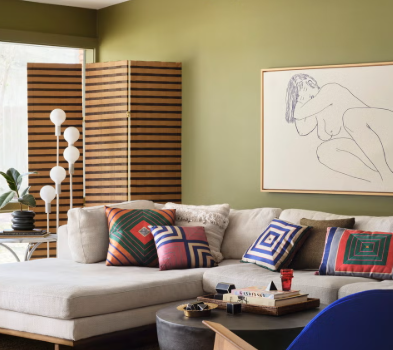
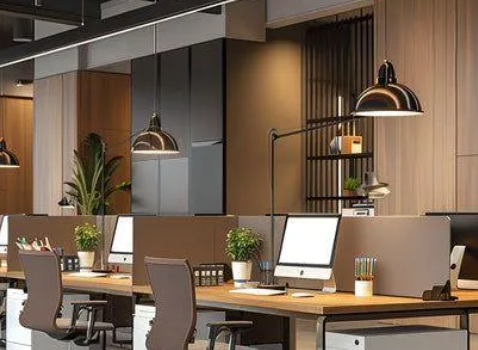
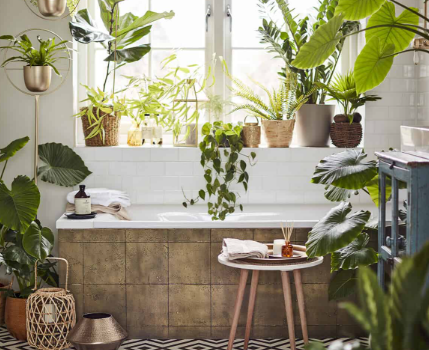
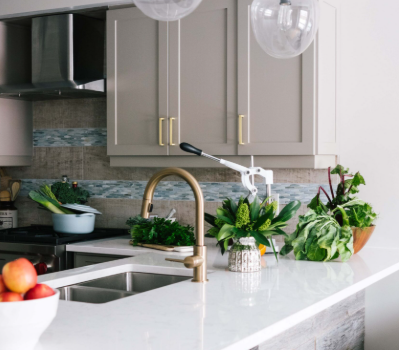
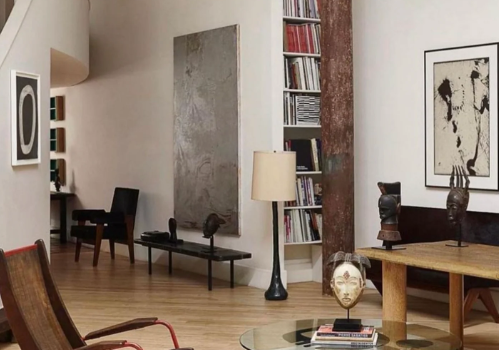
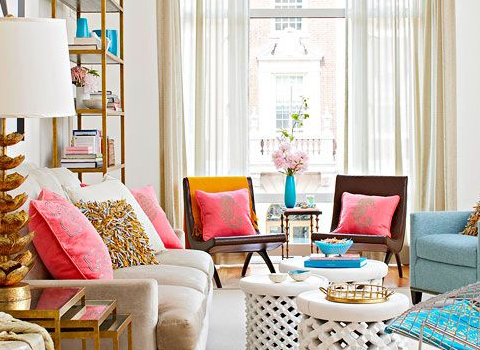
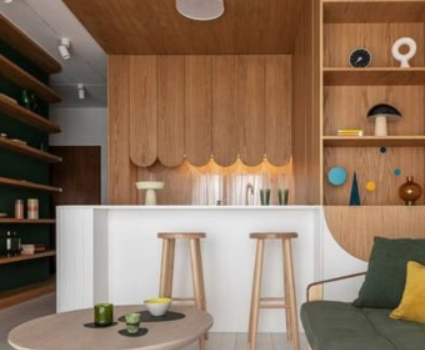
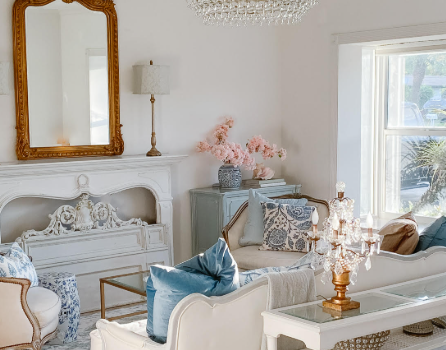
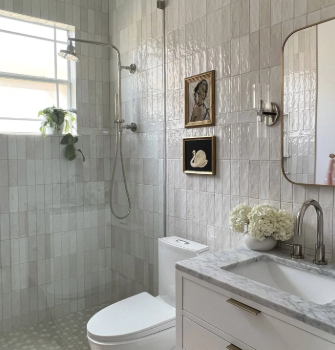
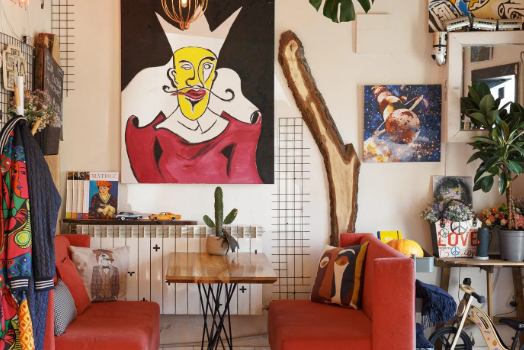

Comments
The first day’s journey was through the pink fields
The first day’s journey was through the pink fields
The first day’s journey was through the pink fields
The first day’s journey was through the pink fields